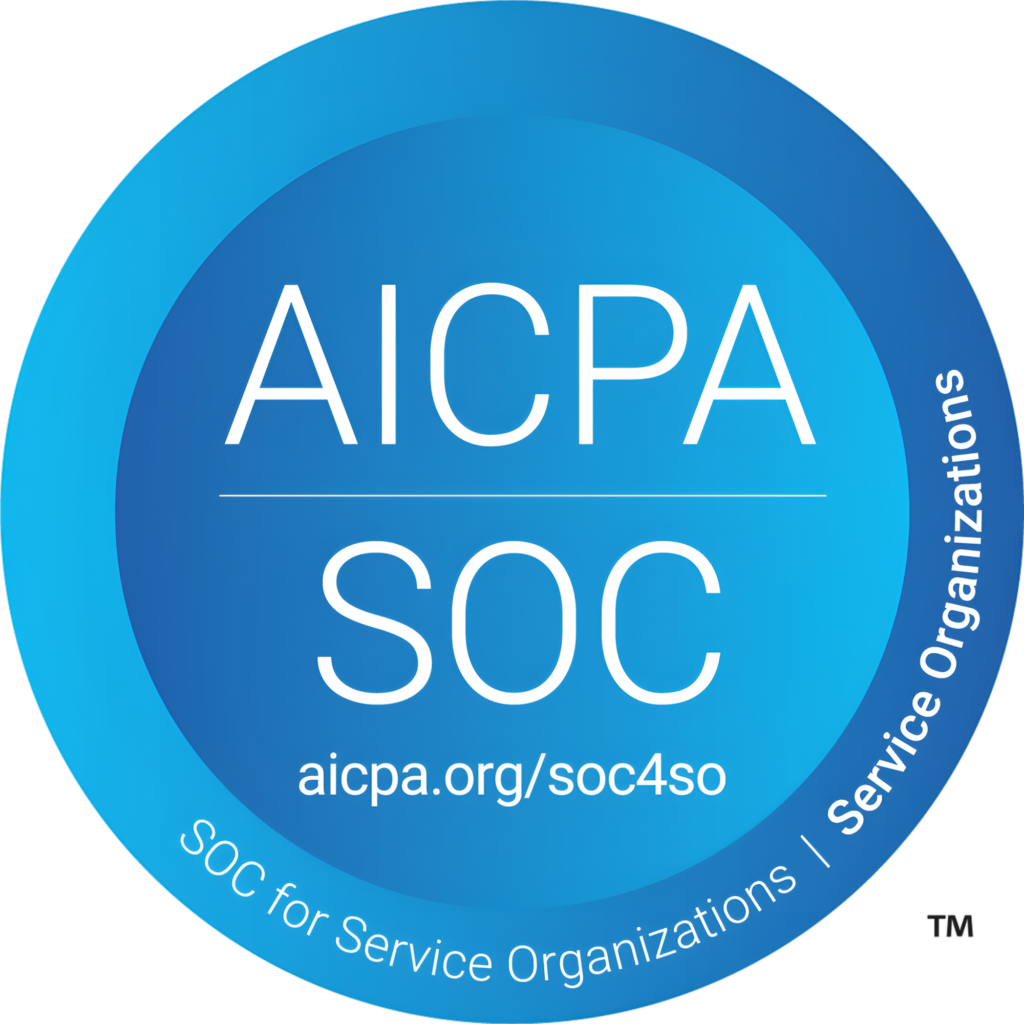As organizations embrace Microsoft 365 Copilot to improve productivity, many are discovering the power of custom Copilot bots. These AI assistants go beyond simple prompts were they streamline teamwork, automate repetitive processes, and provide contextual support across tools like Teams, SharePoint, and Outlook. However, developing Copilot bots for collaboration requires more than technical know-how. It demands a strategic blend of design thinking, role clarity, security, and governance. This article outlines best practices to build, deploy, and manage Copilot bots that truly enable smarter teamwork.
Continue Reading …
Understand the collaborative context
Before building a custom Copilot bot, it’s critical to define where and how collaboration occurs in your organization. Not all teams operate the same way, marketing may focus on campaign coordination in Teams, while project managers may rely heavily on Planner and Outlook. Start by identifying:
- Which departments or roles need assistance in cross-functional workflows?
- What common pain points slow down communication or decision-making?
- How frequently do users switch between apps to complete tasks?
Custom Copilot bots should be grounded in these insights. For example, a bot for customer support teams might summarize chat interactions in Teams, draft follow-up emails in Outlook, and pull ticket status from a CRM, all within one flow.
Design role-based interactions
Effective Copilot bots should offer tailored assistance based on user roles and their responsibilities within workflow. This avoids overwhelming users with irrelevant options and enhances engagement.
Instead of building one-size-fits-all bots, define user personas like “Team Lead,” “Sales Manager,” or “HR Analyst” and map their needs. A project manager might use a Copilot bot to:
- Create meeting summaries directly from Teams transcripts
- Auto-generate risk logs from project updates
- Track pending approvals in SharePoint workflows
This level of customization improves productivity while making AI assistance feel more intuitive and relevant.
Embed bots in existing collaborative tools
To promote adoption, Copilot bots must appear in tools users already use every day. Microsoft Copilot Studio allows seamless embedding of custom bots within Microsoft Teams, SharePoint pages, Power Apps, and even Outlook. But placement is only one piece of the puzzle, contextual relevance is equally important.
For instance, embedding a Copilot bot within a Teams channel where project discussions happen enables it to extract task summaries, track follow-ups, and even surface unresolved items, all in real time. This avoids context-switching and ensures the AI works with your team, not against it.
Ensure data security and access control
Custom Copilot bots often access sensitive business data such as customer records, financials, and project documents. If not governed properly, they can become security liabilities. Best practices include:
- Defining strict role-based access (RBAC) for data sources the bot can connect to
- Using Microsoft Entra ID to authenticate users and limit actions accordingly
- Enabling logging and monitoring for bot actions via Microsoft Purview
Additionally, ensure that bots only summarize, generate, or retrieve data that a given user has access to. With Microsoft Graph connectors and Copilot Studio integrations, fine-grained controls can be established to align with compliance needs.
Monitor usage and continuously optimize
Once deployed, don’t treat your Copilot bot as “set and forget.” Real-world usage offers rich insights into how it’s helping or hindering collaboration. Use telemetry, feedback forms, and Microsoft 365 usage analytics to track:
- Most used commands and workflows
- Drop-off points or friction in interactions
- User feedback or requests for new capabilities
Based on this feedback, you can iteratively improve prompts, add new integrations, or refine responses. The goal is to make the Copilot bot feel like a trusted coworker, not just a chatbot.
Final thoughts:
Custom Copilot bots can radically improve collaboration, if built thoughtfully. From role-specific experiences and seamless tool embedding to strong governance and continuous learning, the best bots are those that evolve with how teams work.
At AVASOFT, we help businesses design and deploy intelligent Copilot experiences using Microsoft Copilot Studio and the broader Microsoft 365 ecosystem. Whether you’re building bots for project collaboration, HR workflows, or customer-facing teams, our experts ensure your AI assistants are secure, contextual, and truly collaborative.
Let’s build Copilot bots that work the way your teams do. Reach out to us at sales@avasoft.com to get started.

